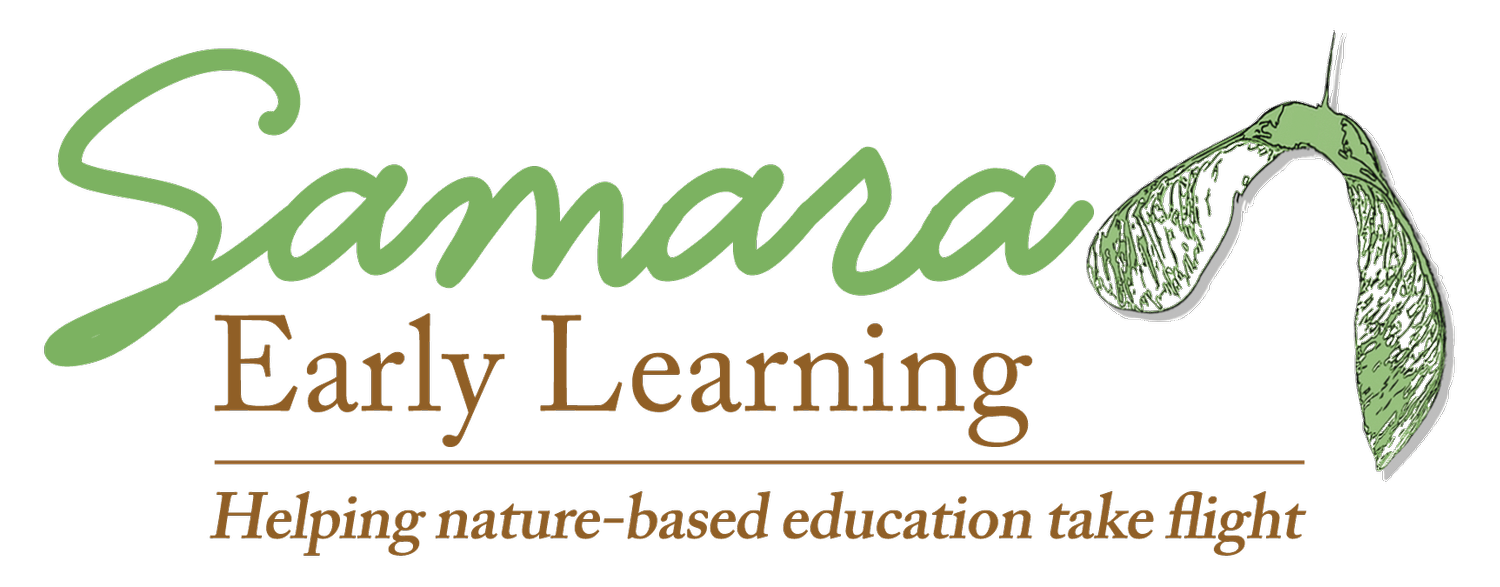Trail Map for Leading Change
This post originally appeared in Dr. Rachel A. Larimore’s weekly Samara newsletter on March 5, 2024. If you’re interested in receiving these emails, scroll to the bottom of this page to subscribe.
Leading change is difficult. And slow.
Shifting teaching practice from more conventional approaches to a nature-based one is a slow process.
It is also a process greatly influenced by human nature–personalities, beliefs, values, prior experiences, etc.
This means that whether you’re an administrative leader or a classroom leader, it can be a daunting, frustrating task to inspire others toward the nature-based approach.
Last week I highlighted one of the steps–getting clear on what nature-based pedagogy is and WHY we want to head that direction–but those are far from the only ones! So I thought it might be helpful to share all of the steps.
There are eight key Trail Markers on the change journey. Before we can start leading change, however, we have to prepare ourselves for the journey and ask:
Are we individually prepared to lead?
Then we can start the process of leading others and getting to a “yes!” answer to the following key questions:
Do we understand why nature-based pedagogy is our destination?
Do we have a clear picture of our current practices through a nature-based lens?
Have we made our vision for nature-based education public both internally and externally?
Have we identified adjustments we can make to current administrative and teaching practices to be more nature-based?
Have we reimagined our administrative and teaching practices to embrace nature-based pedagogy?
Do our educators use nature-based practices throughout the class day Inside, Outside, & Beyond?
Do we provide ongoing support for nature-based pedagogy?
Do we have a process to orient and engage new team members with the nature-based approach?
Eight steps. Unfortunately, a lot of work must go into each of these eight steps. And…the really bad news…it’s not actually a linear list. We must constantly re-visit each of the steps to keep refining and improving..
Our work is fluid. We’re constantly learning. Children are constantly learning and growing. We have new staff on occasion. New children, new families.
So while the Trail Map is a general guide for leading towards nature-based pedagogy, it is far from a linear journey. It’s an important journey though!
It’s a journey that matters for children’s physical, social-emotional, and cognitive health. It matters for children’s connection to the planet and something greater than themselves–including community.
I explored the Trail Map, including the eight steps and key actions, in a free webinar through an Early Childhood Investigations. Check out the free recording of the Nature-Based Learning: Inspiring & Supporting Staff to Help Children Learn With Nature webinar!
Whether you’re just beginning to lead change toward nature or you’ve been fully nature-based for years, I’m glad you’re part of the children and nature movement. Your work matters!
Keep changing lives,
Rachel
Rachel A. Larimore, Ph.D., Chief Visionary of Samara Learning

